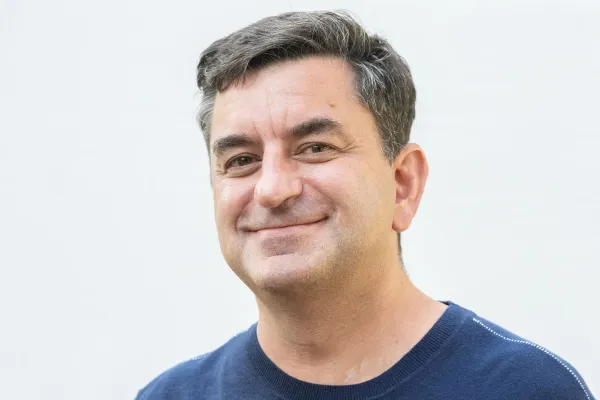Following turmoil over accounting problems and alleged sexual harassment by its former administrator, the Arizona Public Safety Personnel Retirement System’s new leadership has spent the past two years turning the organization around.
The fund’s new chief administrator, Mike Townsend, had joined in December 2019, just before a January 2020 audit revealed that staff turnover, database changes, and a lack of written policies and procedures led to the fund misreporting certain investments and overstating net appreciation in fair value and fees.
Townsend has spent the past year and a half determined to improve the pension’s funded status, reputation, and internal accounting procedures. Meanwhile, his counterpart, chief investment officer Mark Steed, has been changing how the fund allocates assets and improving how his team operates.
One of Townsend’s first initiatives was to travel the state to educate fund constituents about contributing to the pension in order to decrease its unfunded liabilities. “Continued transparency and education are very important,” he told Institutional Investor.
He’s also been building up a team: Over half of the PSPRS staff joined after he did, Townsend said. Now the fund is putting a new pension administration system in place and implementing a new actuarial funding policy.
“It’s a lot like changing your diet or exercising,” Townsend said. “The short-term change is easy; the hard part is making lasting change.”
But before Townsend joined the pension system, the CIO had already been making some changes of his own. Steed, who has been at the fund since 2007, was promoted to chief investment officer in 2018.
“I was happy to see him named as the CIO,” Townsend said. “He’s done fantastically with the investment team, making all the right decisions and working with the new trustees on the investment committee.”
Steed’s team has taken an unusual approach to portfolio construction, including contribution rates in their model.
“We basically took a scalpel to the actuarial model,” Steed told II. “We wanted to equate portfolio volatility to contribution rate volatility. That’s rare.”
According to Steed, the team pulled apart the actuarial models to determine what happens to contribution rates when investments have a bad year. “You don’t want to create a portfolio that creates a loss so large that would result in a contribution rate change.”
What the exercise revealed was that the pension fund could take on more volatility in their investments than they initially thought. “That was a big aha moment for us,” Steed said, adding that this helped his team realize that they can be more opportunistic with their investments.
So they stripped the portfolio down, cutting its 11 asset classes down to three: capital appreciation, which includes public and private equity strategies; contractual income, which includes bonds and private credit; and diversifying strategies, which were designed to broaden the fund’s sources of returns.
For each individual investment decision, the team uses a graph to plot out how confident PSPRS is in an investment’s expected return.
According to Steed, investment staff set up a two-by-two matrix, with confidence on one axis and expected payout on the other. A venture capital investment, for instance, would get a “high payout,” “low confidence” rating given the asset class’s risk profile.
“Those make sense to do because the payout makes sense,” Steed said. “What doesn’t make sense but where a lot of teams spend time are the low confidence and low payout ideas. It’s like a stock picker: They’re not usually right all that often, and the payout isn’t high when they are.”
The CIO holds his team accountable for the investment suggestions they make: Staffers make specific predictions on how they believe an investment will pan out, and are scored based on how frequently they turn out to be correct.
“It’s elevated people in the group who might not be as active in a team debate but are right a lot,” Steed said, adding that it tends to be younger or female staffers who benefit from this process. “It’s helped it be more egalitarian.”
The investment team is also willing to drop ideas that were previously expected to perform well. In 2019, for instance, Steed told Private Equity International that he planned to increase the fund’s allocation to Asia.
But market conditions changed, and investment team members, three of whom grew up in China, said that the country’s push into public markets no longer seemed “authentic.” They ultimately decided not to increase their allocation to assets in the region, for now at least.
Part of the PSPRS’s strategy has been to co-invest alongside its investment partners. These investments make up between 10 and 15 percent of the private program, and Steed only wants it to grow — ideally to 30 percent of the program in three years.
“The premium that investors are used to getting above public markets is getting compressed because there are more investors,” Steed said. Co-investments allow institutions to decrease the fees they pay, making more room for higher returns.
PSPRS has been working on building a reputation as a strong co-investment partner. While other funds dabble in these deals, the programs aren’t really at scale, Steed said.
“The reason we get calls is because we’re the ones willing to do it,” he said.







